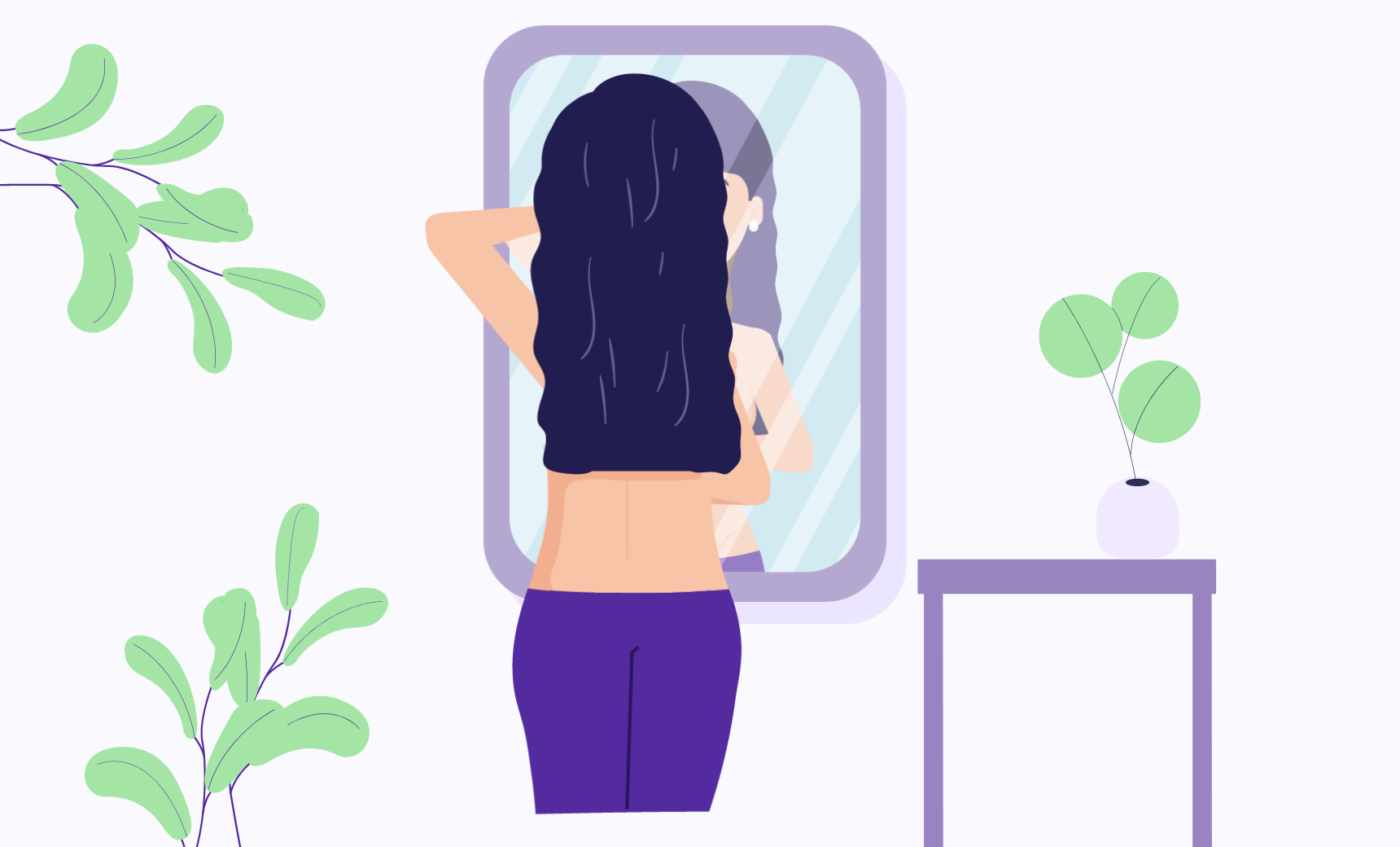
Take Control of Your Spring Allergies
Breathe easy: here’s your guide to spring allergies.
Ah, spring is here. Some take a deep breath and savor the fresh spring air, while others dread the season—they suffer bouts of constant sneezing, sniffling, nasal congestion, and itchy eyes, and probably want to stay indoors to get some relief.
The good news is that you can reduce your misery and manage your symptoms so you won’t have to miss out on any springtime fun. Just know that you’re not alone—more than 50 million people in the U.S. suffer from allergies each year—and we’re here to help.
What causes spring allergies?
Spring is in full bloom, which brings tree, weed, and grass pollen, among other allergy-triggers, also known as allergens. The kinds of symptoms you suffer and the severity can vary depending on each person and the region where they live. Pay attention to the weather: dry, windy days can increase the amount of pollen in the air, while rainy days may bring some relief as the pollen is washed away and the air quality feels better.
Some of the most common cold-like symptoms you experience—such as sneezing, runny or stuffy nose, sinus pressure, congestion, post-nasal drip, and itchy eyes or throat—can be attributed to allergic rhinitis, also known as hay fever. These symptoms are your immune system’s response to a foreign substance: pollen. This leads to the release of histamine, resulting in an array of miserable symptoms that can interfere with your ability to enjoy your day. Allergy triggers, whether pollen or mold spores, are tough to avoid, but you can better manage your symptoms with the right treatment.
How can I take care of myself during spring allergy season?
The best first step to addressing spring allergies? Allergy testing. You’ll get a definitive answer to the source of your symptoms, which is key to addressing and managing them, and finding the right solution for you. What works well for one person may prove ineffective for another, though. There are other ways to help you deal with your allergy symptoms, such as::
Check pollen counts daily. Keep track of the pollen count each day from sources like American Academy of Allergy, Asthma, & Immunology. Checking the “allergy forecast” will give you the expected pollen outlook for the day. A high-pollen count doesn’t always mean that you’ll be affected, however—sensitivity depends on a variety of factors, and which specific pollen(s) will trigger your allergies.
Close your windows and doors. Reduce your exposure by closing windows and doors, even at night. The same goes for closing windows while you’re driving—use your car’s A/C instead. Avoiding activities outdoors in the early morning, when pollen count can be at its highest can also help. If you have to mow the lawn, exercise, or go for a run, wear protective clothing. And. after spending time outside, take a shower the moment you get home to remove pollen from your hair and skin. It’s also a good idea to toss your clothes into the washing machine.
Keep your air clean. Installing high-efficiency particulate (HEPA) filters in your home, or portable HEPA air purifiers you can keep in different rooms of the house, in your HVAC system, and even in your vacuum, can make a big difference in your spring allergies. Also, vacuum frequently to reduce allergens in your home.
Breathe easier: explore treatments for spring allergies
There are other ways to get some relief this season:
-
Allergy medication: There are plenty of helpful over-the-counter and prescription solutions. Ideally, you should start taking allergy medicines a few weeks before you typically start feeling allergy symptoms. By getting ahead of these irritants, you won’t have to struggle to play catch up and will have an easier allergy season. Some common and effective medications include antihistamines, decongestants, eye drops, and nasal sprays. A doctor or pharmacist can help advise you on what’s right for you.
-
Allergen Immunotherapy: Unfortunately, there is no actual cure for allergies, but allergen immunotherapy comes close. Through a series of low-exposure allergy shots, these shots build your system’s immunity to specific allergens. The process takes three to five years to complete, yet the result is drastically reduced allergy symptoms. More recently, immunotherapy tablets that target grass and ragweed allergies have been developed and may be a better option for those looking for relief but wanting to avoid shots.
Don’t wait to get help
We get it: spring can be a frustrating and even agonizing time for allergy sufferers. But it doesn’t have to be this way. Talk with your doctor about your symptoms, and find out the best solutions.
Ready to take control of your spring allergies and figure out what makes you sneeze? Schedule a Pollen Allergy Test through LabFinder today.





LabFinder Editorial Team
The LabFinder Editorial Team is behind The Illuminator and The Insider, LabFinder’s consumer and business blogs.
Dr.Robert Segal
Dr. Segal is CEO and co-founder of LabFinder, as well as a board-certified cardiologist. He began practicing medicine in 2002 and has founded several businesses, including Medical Offices of Manhattan and Manhattan Cardiology.